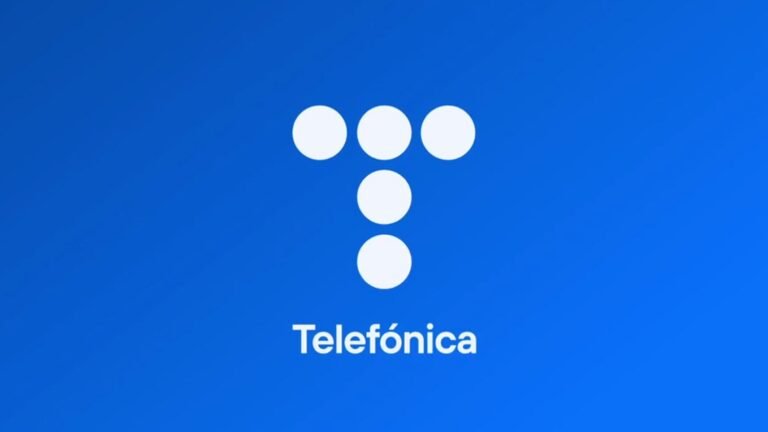Essential Insights
-
A hacker named "Rey," affiliated with the Hellcat Ransomware group, claims to have stolen 106GB of data from Telefónica, with a partial leak of 2.6GB provided as proof of a breach that occurred on May 30.
-
The breach reportedly resulted from a misconfiguration in a Jira server, allowing uninterrupted data exfiltration for 12 hours before access was revoked; Rey asserts that detailed files include internal communications, purchase orders, and employee data.
-
Despite numerous attempts by BleepingComputer to confirm the breach, Telefónica has denied it, dismissing the incident as an extortion attempt related to previous data.
- Rey plans to release the full data if Telefónica does not comply, and history shows the Hellcat group has targeted multiple high-profile companies using similar tactics.
The Core Issue
In a concerning development, a hacker known as “Rey,” associated with the notorious Hellcat Ransomware group, has threatened to publicly release a staggering 106GB of data purportedly stolen from Telefónica, a prominent Spanish telecommunications company. The breach allegedly took place on May 30, with Rey claiming to have executed 12 hours of uninterrupted data exfiltration before being thwarted. To substantiate their claims, Rey has already leaked a 2.6GB archive containing over 20,000 files, including sensitive internal communications, employee data, and customer records, suggesting serious vulnerabilities in the company’s cyber defenses. Previous reports indicate that a misconfiguration of their Jira ticketing system may have facilitated this breach, echoing an earlier attack on Telefónica by the same group.
The situation has garnered attention from online media outlet BleepingComputer, which sought comment from Telefónica regarding the breach but received no substantial acknowledgment—only a dismissal of the incident as an outdated extortion tactic. Despite the company’s silence, Rey has indicated intentions to release more data unless demands are met, pointing to a broader and ongoing concern about the cybersecurity landscape. The unfolding drama raises pertinent questions about the efficacy of Telefónica’s security measures and its approach to responding to cyber threats, particularly in light of the group’s previous exploits targeting major corporations.
Risk Summary
The potential fallout from the breach at Telefónica, orchestrated by the Hellcat Ransomware group, presents significant risks to a wide spectrum of businesses, users, and organizations. Should the hacker proceed with their threat to leak the remaining 101.3GB of allegedly stolen data, the ramifications could extend well beyond Telefónica itself, affecting its clients and partners across various sectors. The data encompasses sensitive employee information, internal communications, and invoices linked to international clientele, which, if publicly exposed, could invite financial fraud, identity theft, and compromise organizational integrity. Businesses maintaining partnerships with Telefónica, especially those with interlinked systems or shared customer bases, may find their own vulnerabilities exploited as attackers leverage this compromised information for targeted strikes or ransomware attacks. Moreover, the incident underscores a concerning trend; as evidenced by the breach stemming from a Jira misconfiguration, it highlights systemic weaknesses that may be prevalent among numerous organizations, engendering an environment fraught with apprehension regarding data security, customer trust, and potential regulatory repercussions.
Fix & Mitigation
The potential exposure of sensitive data underscores the critical need for prompt remediation in the face of breaches, such as the recent incident involving hacker leaks from Telefónica.
Mitigation Steps
- Incident Response Plan: Activate an established protocol for data breaches.
- Data Assessment: Identify the extent and sensitivity of the compromised information.
- Containment Measures: Isolate affected systems to prevent further data loss.
- Notification: Inform impacted stakeholders and relevant authorities.
- Vulnerability Management: Patch exploited vulnerabilities and strengthen defenses.
- Monitoring: Enhance surveillance of network activities to detect anomalous behaviors.
- User Awareness: Educate users about potential phishing attacks and social engineering.
NIST CSF Guidance
The NIST Cybersecurity Framework (CSF) emphasizes the necessity of responding and recovering from incidents to minimize impact. Consult NIST SP 800-61 for in-depth methodologies on incident response and remediation strategies.
Advance Your Cyber Knowledge
Explore career growth and education via Careers & Learning, or dive into Compliance essentials.
Explore engineering-led approaches to digital security at IEEE Cybersecurity.
Disclaimer: The information provided may not always be accurate or up to date. Please do your own research, as the cybersecurity landscape evolves rapidly. Intended for secondary references purposes only.
Cyberattacks-V1

